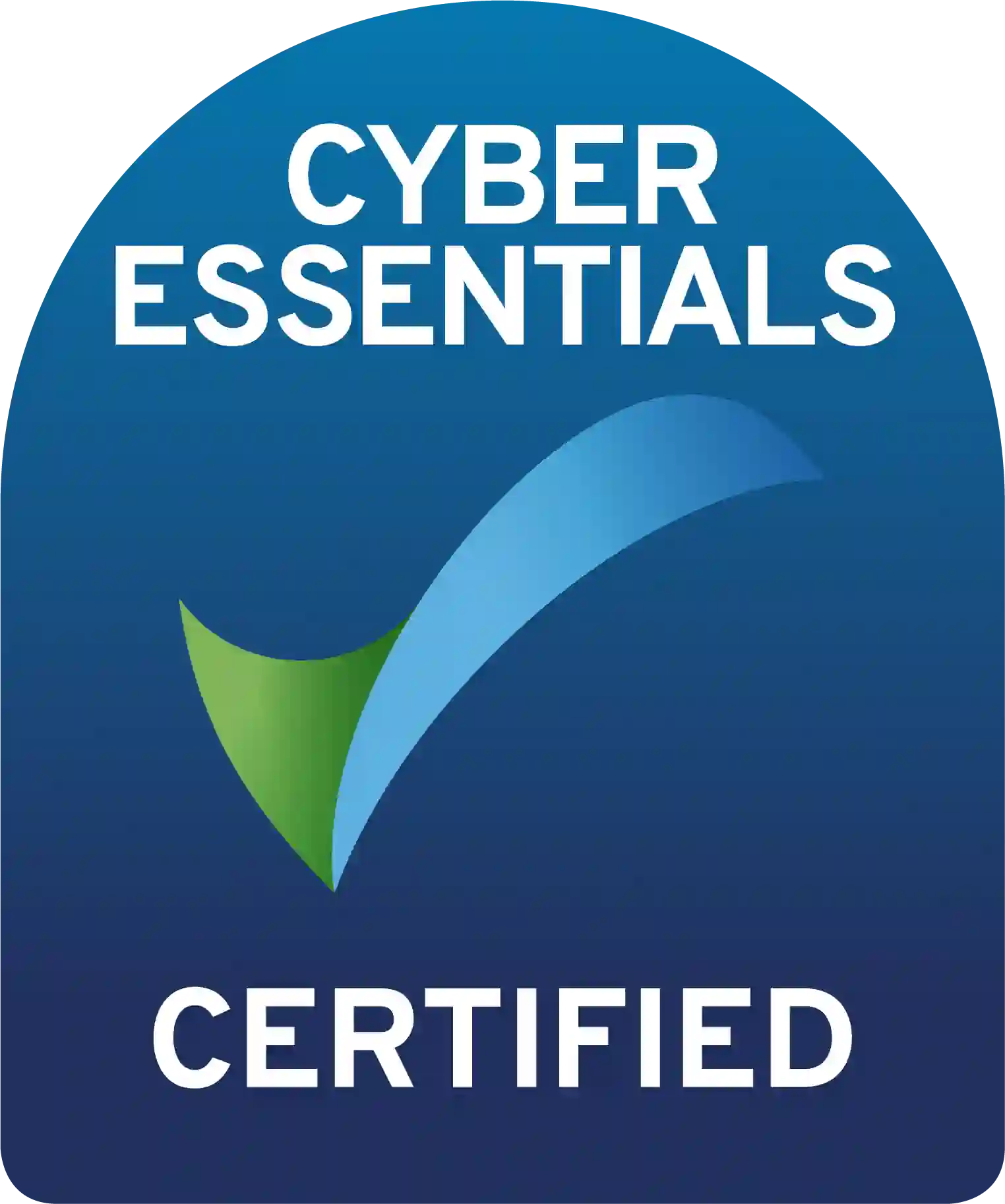A Comprehensive Guide to Direct Mail

A Comprehensive Guide to Direct Mail
Direct mail is a marketing strategy where businesses send physical promotional materials, such as postcards, letters, brochures, catalogues, or samples, directly to potential or existing customers through postal mail or courier services.
There are multiple aspects which should be considered when looking to produce direct mail, and within this blog we are going to explore how direct mail can be used and what are the best practices when choosing design features.
How to use direct mail for marketing
With many businesses choosing to focus their efforts purely on online marketing, they have forgotten how effective traditional marketing printing solutions can be. Sending direct mail to your customers can be a simple yet powerful way to convey a message to your audience. A considered direct mail marketing campaign can help your business grow by targeting and attracting the right kind of customers.
Targeted campaigns
Whilst targeted online ads are an effective way to market, direct mail remains the most highly targeted form of marketing to date. Knowing where your customers live can tell you more about them than knowing their gender and age, or what their interests are- it could also tell you about their income, which can affect the entire positioning of your campaign.
These pieces of information will ensure whatever your messaging, it will have been tailor-made for your target audience. Therefore, your direct mail campaign doesn’t feel intrusive, and your customers feel their likes and interests have been considered.
Personalisation
In addition to targeting customers with campaigns that are relevant to them, you can also customise your direct mailers with information such as a customer’s name, or a recent purchase they have made. These small, personalised touches can make your direct mail campaign more engaging, and your customers will feel valued as individuals.
To Increase Open Rate
It is easy to ignore emails, or quickly delete them. However, in contrast, direct mail can seem like an exciting invite- especially if you choose to include an offer or campaign that will add value to your customer’s life. These little touches can make you stand out and leave a positive impression on your customers.
Eight tips from our expert team to help you grab peoples’ attention with your direct mail marketing campaign:
1.Think fast
You only have about eight seconds to make a lasting impression on your target consumer- this makes it important to make your direct mail visually appealing. Use bold colours and original images, and make sure your headline is easy to read and quickly communicates a message that can be understood in a short time frame.
2. Know your audience
The most effective direct mail campaigns are centred around the target audience. The better you know who you are speaking to, the better you can speak to them.
3. Get creative
Take some unique photos yourself or employ a graphic designer to create something custom for you, rather than stock photos. With this kind of content, your audience gets a more authentic view of the company and campaign.
4. Keep it clear
When it comes to direct mail, it’s best not to overcomplicate your message. People need to quickly understand what you want them to do or what you need them to know. Convey your message in clear, simple language and use bullet points where possible so that your benefits are quickly communicated.
5. Decide on size
If you want to get the best ROI from your direct mail campaign, you should decide on a format that will work best for your campaign. Think about your goals and objectives and what size you will need to best address them.
7. Choose the right font
Choosing the right font for your direct mail marketing campaigns can instantly increase readability and guarantee your message gets across clearly. Your choice of words is what will generate sales, but the typeface you use for those words is essential- using the wrong font can mean that all the effort you put into writing and designing a mailer could go to waste.
- Know who you are speaking to
For example, if you’re sending the direct mail to an older demographic, there may be certain fonts that they are more likely to see.
- Be consistent
Ensure that you use the same fonts to maintain uniformity of your brand.
- Don’t mix too many fonts
Too many fonts can look messy and lacking in cohesive style.
7. What kind of paper should you choose for direct mail?
Choosing the right paper stock for your direct mail campaign is one of the most crucial decisions in the overall design process. There’s a paper stock for nearly every characteristic you can think.
- Gloss coated stock
This is paper which has been applied with a coating that appears glossy or silky.
- Matte coated stock
Matte stock doesn’t reflect light in the way that glossy coated stock does and may even appear slightly mottled.
- Dull coated stock
This dull finish coated paper has a smooth surface that is low in gloss.
- Linen stock
Linen stock has a cloth-like feel with subtle grooves – it’s an elegant paper with the look and feel of linen that easily soaks up ink.
- Soft touch paper stock
This one is technically a finish, but it renders the paper with a velvety texture that feels soft to the touch.
- Uncoated stock paper
Papers which haven’t first been coated, this tends to be duller and rougher than coated paper, and it doesn’t reflect light which means it gives off no glare.
8. Make sure you are GDPR Compliant
The European privacy law, the General Data Protection Regulation (GDPR), came into effect in 2018. The law places obligations on anyone processing the personal data of EU citizens and limits the way this data can be used.
Direct mail is mostly exempt from GDPR which means you can continue sending direct mailers to most of your audience without making too many changes to how you operate. This is because direct mail doesn’t require the recipient to opt-in to receive communication from your company, you only need to prove the recipient has legitimate interest in your goods or services.
Conclusion
In conclusion, direct mail remains a powerful tool for marketers, offering a unique opportunity to engage with audiences on a personal level. By following the insights and strategies outlined in this guide, you’ll be well-equipped to use the power of direct mail to drive conversions, create brand loyalty, and achieve your marketing objectives.
With over 40 years of experience, we are experts at bringing your direct mail ideas to life. You can fill in our contact form and one of our print experts will be happy to get in touch with you about direct mail solutions, and any other print needs you may have.
















